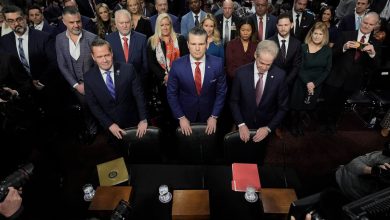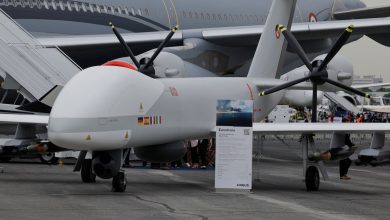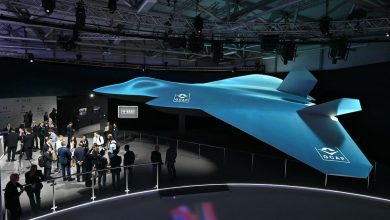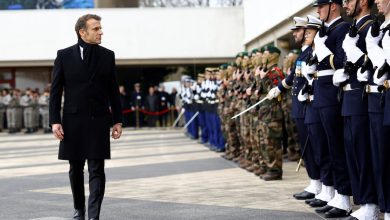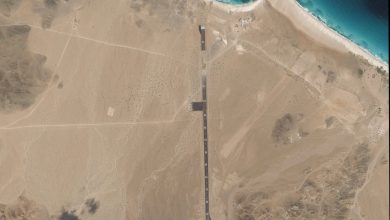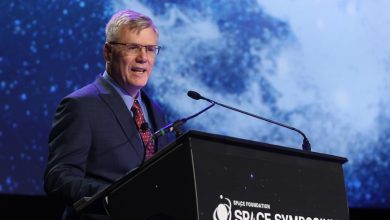Notre Dame unveils first-ever hypersonic Mach 10 wind tunnel
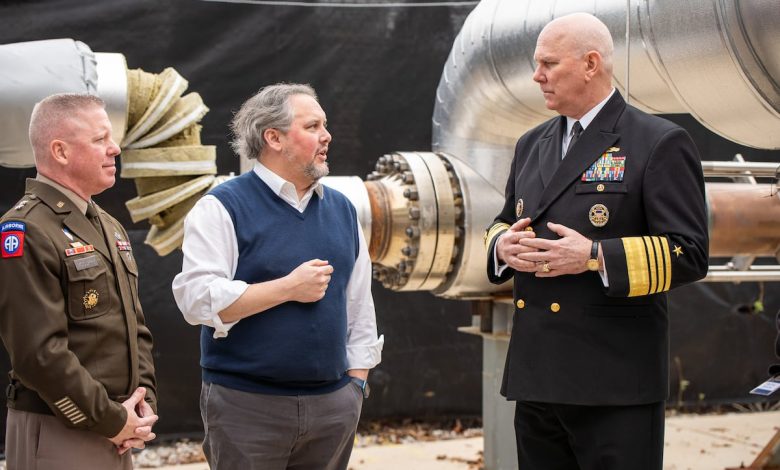
A first-of-its-kind test facility unveiled earlier this month at the University of Notre Dame could improve the Pentagon’s hypersonic research and test enterprise.
Through a partnership with the Navy, the university has spent the last three years building a Mach 10 wind tunnel. The facility, which can simulate flight conditions up to 10 times the speed of sound, will boost Notre Dame’s fundamental hypersonic research efforts and provide a more realistic environment in which to test high-speed technology.
Along with its ability to mimic flight conditions at high speeds, the facility is quiet, which means it’s able to reduce the level of disturbance wind tunnels can create, providing an even more flight-representative environment.
The opening of the Mach 10 tunnel is a continuation of the university’s deep heritage in flight research, Jeffrey Rhoads, vice president of research at Notre Dame, told Defense News. The new facility advances that legacy by enabling fundamental research that addresses some of today’s toughest national security challenges, he said.
Hypersonic vehicles can fly and maneuver at speeds above Mach 5, and advances in this technology by Russia and China are driving a sense of urgency within the Defense Department to field hypersonic systems of its own. The Pentagon relies on wind tunnels and other testbeds to research and validate flight characteristics for these vehicles, but those facilities are in high demand, limiting access even for major programs.
Bottlenecks in DOD’s research and test enterprise provide an opportunity for academia to fill some of those gaps. Along with Notre Dame’s new Mach 10 facility, Purdue University last year opened a Hypersonics and Applied Research Facility that hosts a Mach 8 quiet wind tunnel and a hypersonic pulse shock tunnel that uses shock waves of high-temperature air to simulate flight scenarios at speeds from Mach 5 to Mach 40.
“Our interest remains in trying to push the fundamental understanding of science and engineering and addressing the hard questions that exist there,” Rhoads said. “We view ourselves as filling that early gap.”
Much of that partnership happens through DOD’s University Consortium for Applied Hypersonics, or UCAH. The group of more than 90 colleges, including Notre Dame, collaborates with the department and industry to support hypersonic development. The Pentagon’s Joint Hypersonics Transition Office solicits research and prototype projects from consortium members in a range of technology areas, including materials and structures, air-breathing propulsion and guidance and navigation.
Tom Corke, director of Notre Dame’s Hypersonic Systems Initiative, told Defense News in the same interview with Rhoads that the work with DOD’s academic consortium has helped the university mature its fundamental hypersonic research so that it can be applied to flight vehicle development and design efforts within the department.
“We think that some of what we’re doing will, in fact, get on a vehicle in a relatively short time,” Corke said. “Academic funding, in many ways, has been very fundamental and there’s quite a gap between that and the actual application, but UCAH is redesigned to accelerate that.”
Notre Dame is also partnered with defense and commercial companies building hypersonic systems that offer the university insight into the challenges they’re facing and can help fund research to address those issues. Much of that work is geared toward DOD’s push to field high-speed systems, but the university also works with companies like Hermeus, which has an eye on future applications like commercial transport.
“We get our ideas from industry,” Corke said. “Their problems become our ideas in terms of research, and that way we can contribute to solving those problems.”
Courtney Albon is C4ISRNET’s space and emerging technology reporter. She has covered the U.S. military since 2012, with a focus on the Air Force and Space Force. She has reported on some of the Defense Department’s most significant acquisition, budget and policy challenges.
Read the full article here

